Korean designer An Sangxiu: The best design is on the land where he grew up

Topic: Ahn Sang-soo Lecture | One-eye of Korean Type Designer Design Thinking Speaker: Ahn Sang-soo 2018.03.18 @XueXue Stage
Fall in love with King Sejong
The concept of "design" is extradited to South Korea. For Koreans, studying design means studying abroad. If Paris, New York, and Milan are important design towns, then Korea is like a remote hometown.
The young An Sangxiu also tried to study abroad, but was rejected, so he had to absorb the latest foreign design concepts through magazines and other means. At that time, King Sejong was just a figure in a history textbook to him.
It wasn't until he was forty when he suddenly got enlightened.
"It's like there is a beautiful female classmate in the class who didn't know how to appreciate it when she was a little hair, but when she grows up and falls in love with her, her perception will change."
Ahn Sang-soo, who fell in love, regarded King Sejong as the predecessor of design. "When I realized that there was a person on this land who was doing design 600 years ago, I no longer felt inferior."
Then, Ahn Sang-soo released the first work "Anti" after falling in love, breaking the structure of the square of Chinese characters and creating a new Korean font.
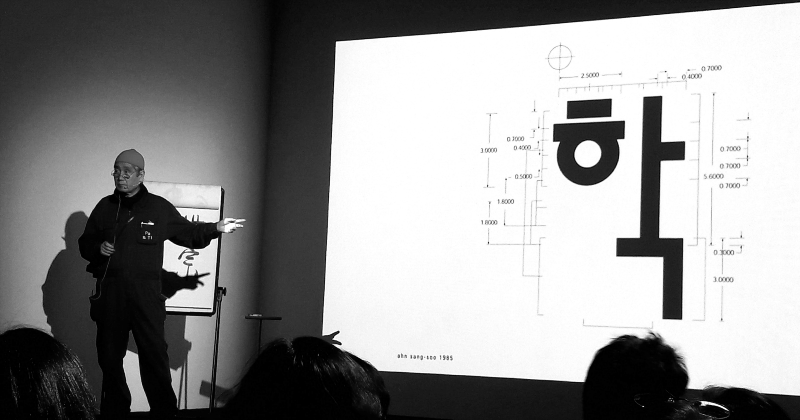
In the past, Korean society only used Chinese characters to write. Even though Hangeul was a brand-new character design, it was still limited by the square structure of Chinese characters. "When designing the Angbo, I took the "Hunminjeongeum" written by King Sejong as a design manual, and learned from it. Based on his thinking and experience, he assumed that if King Sejong had a computer, he would have designed it like this.”
The enemy of creativity is competition
At the end of the presentation, the audience asked a number of questions, two of my favorites are excerpted below.
Q: PaTI, the school you founded, has the educational philosophy of "three noes", one of which is "no competition". How do you achieve this?
In PaTI's "Three Nos", the question about "No Competition" is the most.
Most people's interpretation of design is "creativity", and design is to teach creativity. But have you thought about what the enemy of creativity is?
is competition.
In a competitive environment, we always want to be number one. In order to get number one, the goal must be reached quickly, however, it is impossible to be creative.
We have been graded ABCD since childhood, but our lives have nothing to do with our grades.
We hope that the future is a creative future, so we need to use more methods to experiment, eliminate competition, and use creativity to educate. "Preparing for the future" is the purpose of our education. This kind of work is not easy, but we will continue to work hard.
Q: Where does your inspiration come from?
My inspiration comes from life, from people, and inspiration comes from the moment we meet. In addition to people, the source of inspiration is books. I think reading thousands of books is more important than traveling thousands of miles.
When I travel, I look at the scenery, but the contact with people is more important during travel. I don’t need to meet artists deliberately. Just by contacting ordinary people, I can get a lot of inspiration.
In the past few years, I have taken students on a trip to China to visit a middle school. There is a big school motto at the entrance of the school, but unlike the school motto of other schools, which is full of lofty words, the school motto of this school reads "Life is hard."
It seems that the phrase "life is hard" is an important foundation for the students of that school. Through visits like this, I get a lot of pretty unforgettable memories.
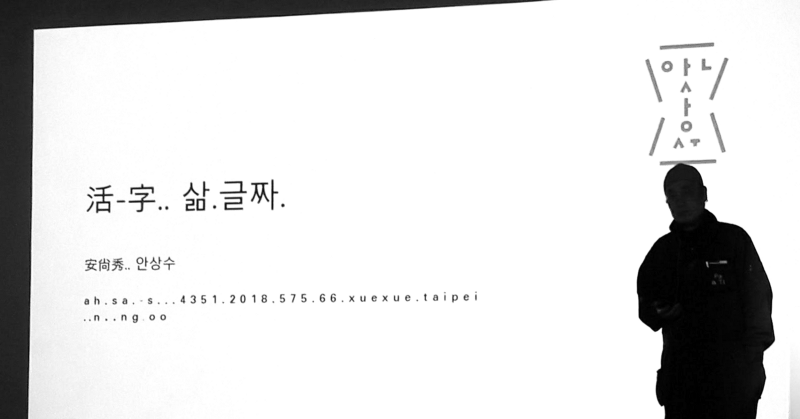
What is design?
In the end, Ahn Sang-soo ends with the following somewhat mysterious sentence:
"I like Lao Tzu's "Tao Te Ching" very much, and I hope everyone can go back and read the phrase "name can be famous, very famous".
We think his design is design, but maybe his design is not design; sometimes we look at him as if he is not design, but he is design. When we think it's a good work, maybe it's not a good work; sometimes we ignore a work, but maybe it's a good work.
I hope that regardless of Asian design or educational design, we can re-examine design perspectives and explore the most important question in people's lives: "What is it? 』
"What is it, what is it?" should be the most important reminder given to us by the Tao Te Ching.
What is design? I hope everyone can finally think about this issue. "
Let's take a look at the details collected from this exhibition. Self-learning Korean will actually come in handy one day!
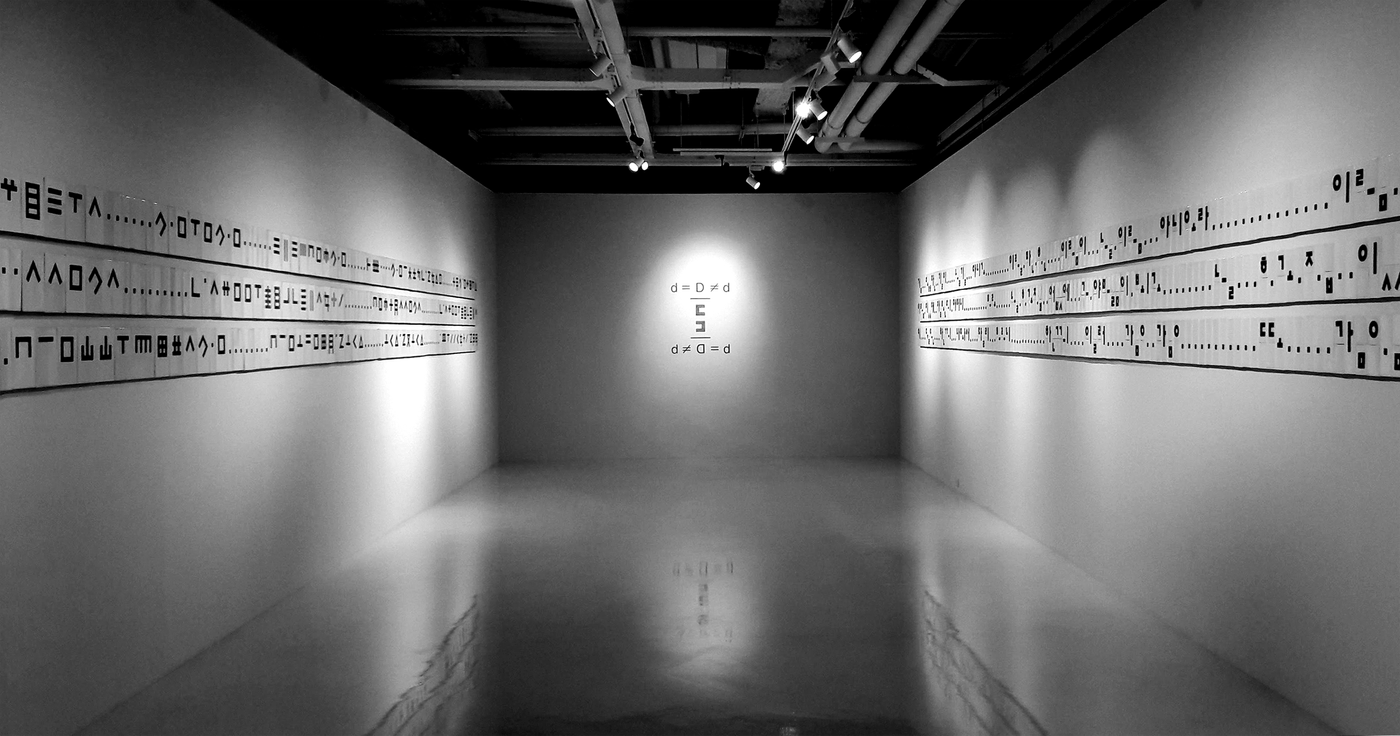
This exhibition is Ahn Sang-soo's favorite "Tao De Chin". The magnetic tile installations on both sides are the Chinese and Korean versions of the Tao Te Chin. He disassembled the Tao De Chin texts in the two languages to form this work.

You can see this formula when you go to the end of the Tao Te Ching exhibition.
It is a bit like a logical proof question. D stands for the design of the public perception, and d represents the design of everyone. "Everyone's design is a design, but the design of the public perception is not equal to the personal design." This is probably the feeling.
The symbol "ᄃ" in the middle is the first sound of "d" in Korean. You can refer to the pronunciation here .

The characters on the walls of this exhibition hall are all hand-painted by An Sangxiu, and the main visual is no exception, but only the brushstrokes here are different from those in the exhibition hall.
According to the exhibition staff, when Mr. An set up the exhibition, all the painting equipment required to be used must be Made in Taiwan XD
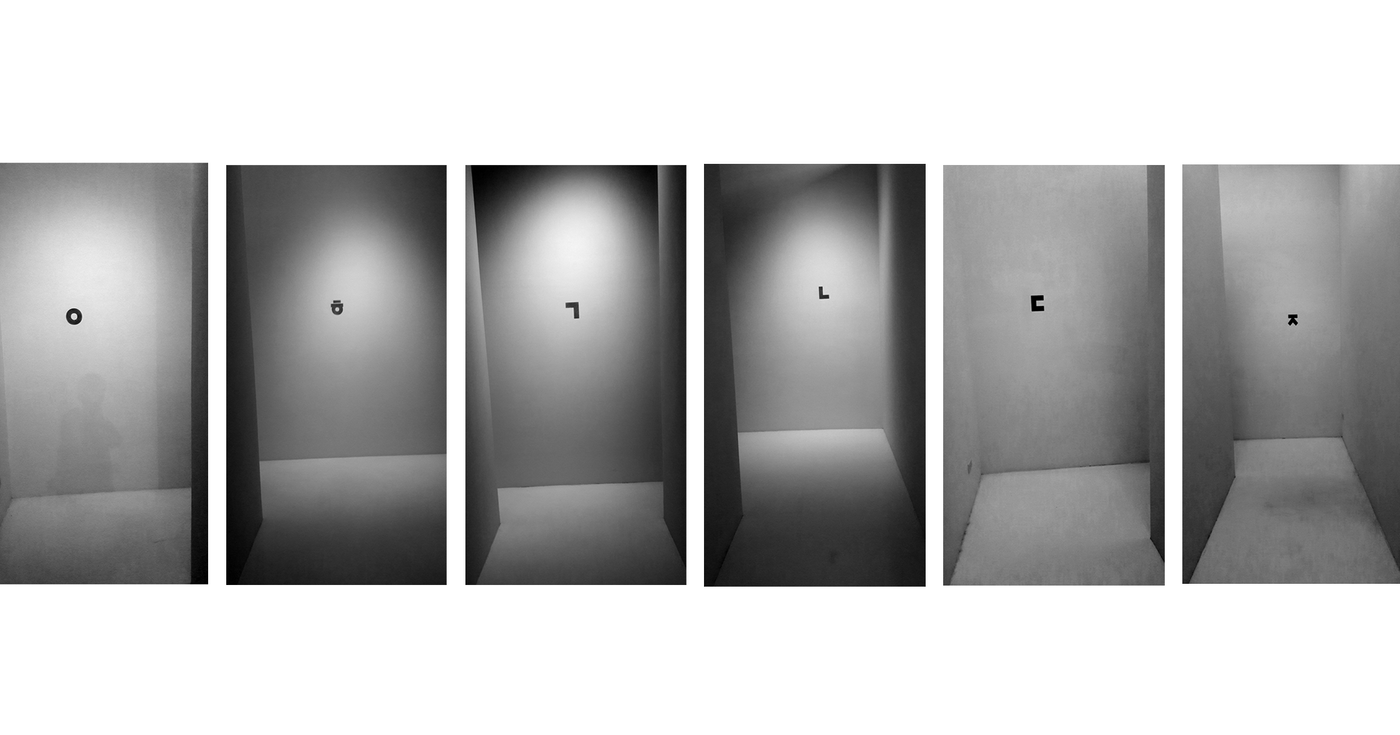
I really like the little indicators between the aisles of the exhibition hall. Usually such indicators are marked with arrows, but here they are all written in Korean on the wall, which is super cute.
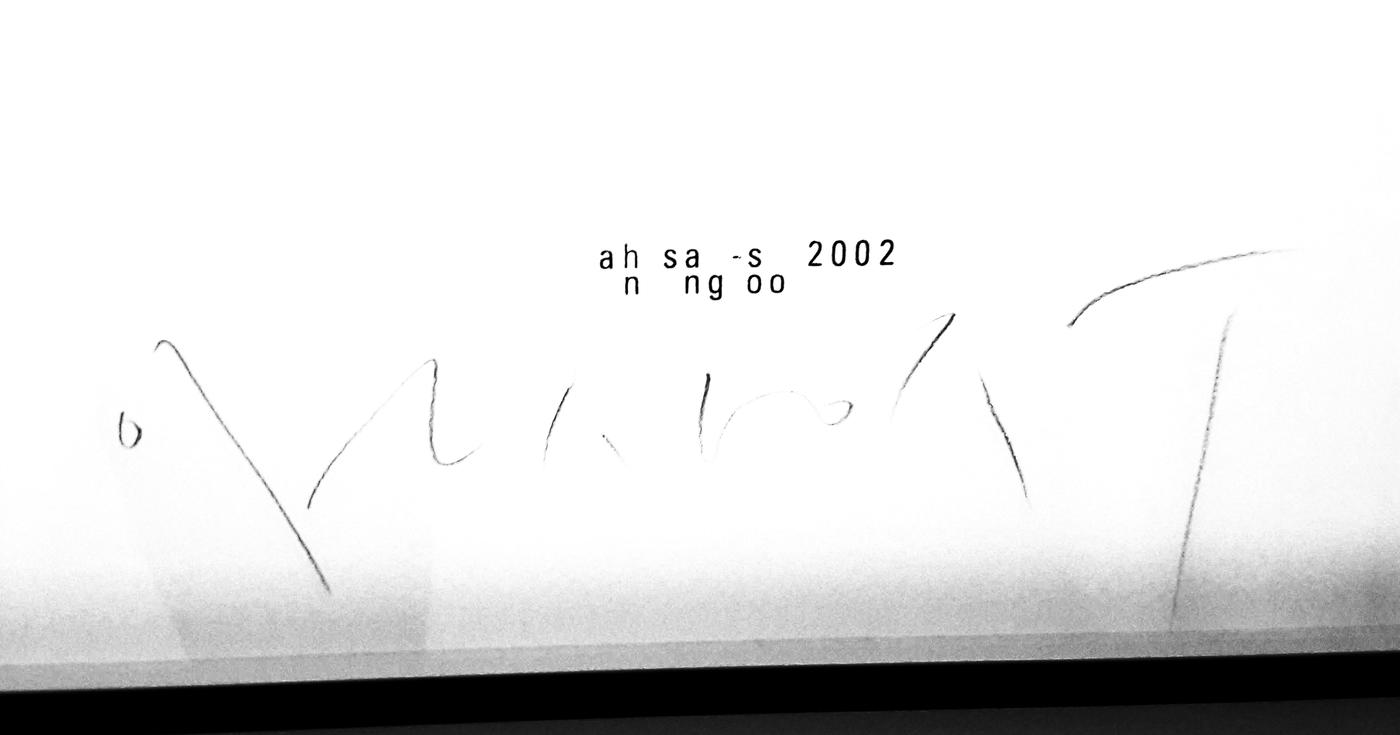
Teacher An Sangxiu's signature is very special. His name should be written as "안상수", but he disassembled all the parts and turned it into "아ᄂ사ᄋ수", which is very his style.
For those who want to know more about Ahn Sang-soo, I recommend reading these interviews:
Like my work? Don't forget to support and clap, let me know that you are with me on the road of creation. Keep this enthusiasm together!




- Author
- More